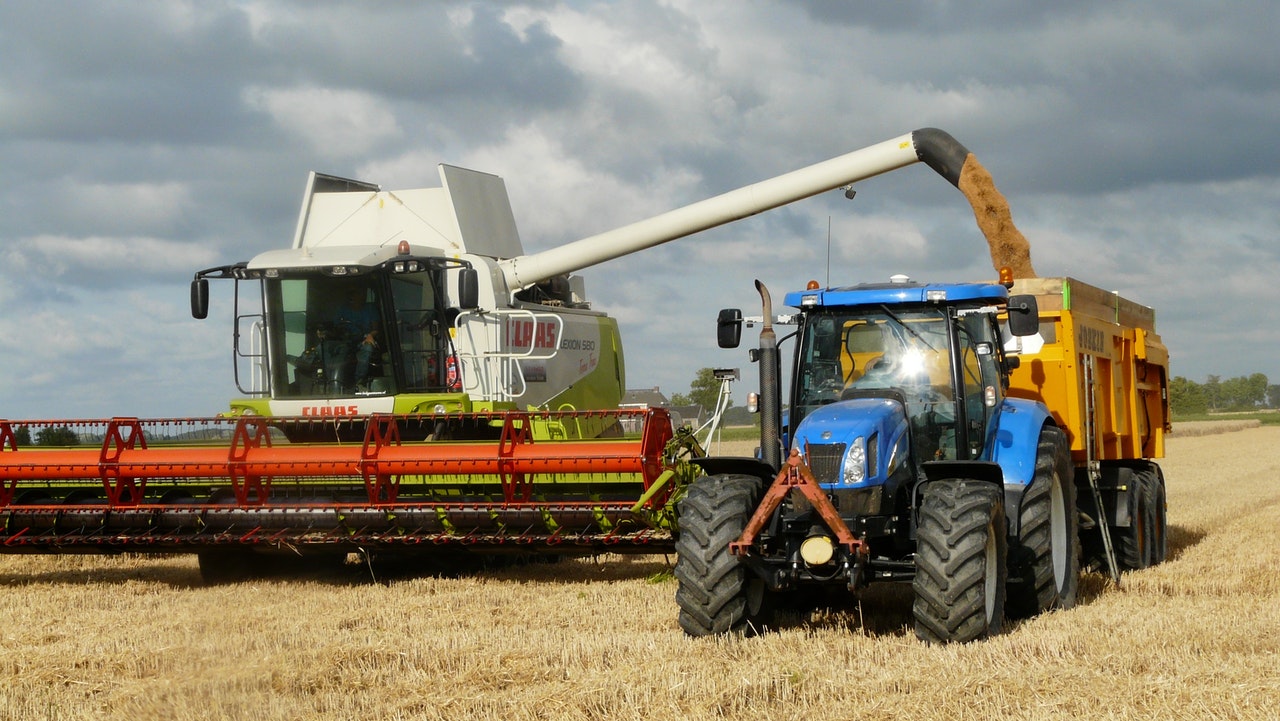Tips On How To Buy Used Farm Equipment
Looking into buying pre-owned Farm Equipment?
When buying second-hand farm equipment, it’s important to inspect it before buying.
There is a lot of good quality agricultural equipment on the market, you just have to know what you are looking for.
Whether you purchase your used farm equipment from an auction, a dealer or a private seller, performing a thorough inspection before buying is essential during the buying process.
Some used farm equipment have specific inspection points, however, some tips apply regardless of the type of equipment.
Inspecting agricultural equipment
- Bring a mechanic with you; they are more likely to catch potential issues.
- Read maintenance records, ownership history, equipment specifications, and all other documentation.
- Check the serial number and verify ownership.
- Ask if the unit is still being financed.
- Turn the power on; drive and operate it.
- Walk around the machine with the engine on and listen for noises that shouldn’t be there.
- Check the engine compartment. Make sure fluids are the right colour and viscosity.
- Inspect the cab. Turn on the wipers, lights and heat. Adjust the seat and mirrors.
- Try the touchscreen; touchscreens lose sensitivity over time.
- Ensure the equipment has all the features you need.
- Verify there are companies who will service the equipment, and you can fairly easily find replacement parts.
Tractors
Tractors are the true workhorses of many farms. With the ability to fasten attachments to both the front and the rear of the machine, the tractor can do just about anything.
How many hours are on the engine? How many hours are on the tractor? In which applications was it used? Some applications are more demanding on machines, and this places greater stress on components, which hastens component failure.
Sprayers
Tractor-pulled sprayers and self-propelled sprayers are essential tools required for crop production apply water, fertilizers, herbicides or pesticides.
When inspecting a used sprayer, look for non-functioning and dirty nozzles as well as any bends or breaks.
Check the hoses for damage, for unwanted particles inside them and for discolouration.
Cultivators
A cultivator is an implement that is attached to the rear of the tractor and is used to prepare soil for planting. Specifically, it’s designed to remove weeds with shallow roots and to break up surface soil near plants for aeration or to mix compost and fertilizer into the soil.
On a cultivator, you will want to check the discs for excessive wear and sharpness, and that they rotate well. Also check for signs of damage along the entire implement.
Harrows
The harrow is another farm implement that uses discs. They prepare fields by chopping up weeds and/or leftover crop material.
Check the discs for wear, damage and dull cutting edges. The machine’s bearings experience heavy radial and thrust loads, so check them for signs of wear and damage. Other major components include the scraper, gang control lever, spacers (or spools), and weight box.
Air disc drills
An air disc drill is a tow-behind tractor attachment for seeding a range of crops.
Inspection of air disc drills is similar to other tractor attachments that use discs. Check the discs, their connections and the implement’s transport tires. Also check the plastic and steel tubes and the tanks for signs of wear and damage.
Swathers
Swathers can be self-propelled or a tool fixed to the front of the tractor; it cuts grain crops and organizes the cuts into windrows. If you’re inspecting a self-propelled swather, check the engine and cab as you would any powered used farm equipment.
Inspect its sickle bar, reel, canvas or auger conveyor (depending on type), teeth and skid plate.
Combines
Combines are large machines that harvest grains and separate the saleable product from the non-saleable product.
Inspect the engine, augers, belts, sprockets and chutes. Also investigate the condition of the cab, tires and structural components; these machines carry a lot of weight, which puts a lot of stress on structural components.
Also check the machine’s feeder drum and feeder chain, impeller and threshing components, twines from the pump to the pulley, gear boxes, hydrostatic drive, drive train, and elevator.
Check the chain adjuster for its position; the farther to the front it is, the more used it is. Look for holes in containers, because that leads to grain loss. Dismantle the unload tube and check the auger inside it as well as the tube itself.
Headers
Headers are attached to combines, and you can use swathers for harvesting grain.
Check the condition of the knives, belts, motors, hydraulics, skid plates, draper, and adapter. On the adapter, you’re not just looking for wear and excessive damage, but also leaks and missing parts.
Skid steer loaders
A skid steer loader (often called simply a “skid steer” or “Bobcat”, which is the brand name of a manufacturer of skid steer loader, are versatile, small, wheeled machines with loader arms extending along the side of the machine.
Check the lift cylinders, loader arms, hydraulics and tires, as well as all the above general inspection tips for inspecting agricultural equipment.
Deal breakers
For instance, when second-hand farm equipment needs a component or two replaced, it can still be a good purchase, so long as the issues are reflected in the price.
However, there are some characteristics that ruin the purchase. No matter how good a deal a piece of used farm equipment might be, if the machine’s ownership or service history can’t be verified or if you can’t start the engine, walk away.
Buying good, used farm equipment
After you’ve determined to buy the equipment, you will need to discuss payment.
Compare the model you plan to purchase with similar models in a similar condition to determine a fair price. If you’re buying from a private seller or a dealer, negotiate within your comfort zone. If you’re buying from a dealer or an auction, they may have financing available. Ask about warranty options, if applicable.
When considering financing, you should think about your current debt level to see if adding more debt is wise and about how much you will use the farm equipment, since that will indicate when you’ve made a return on your investment.
From financing to shipping
Along with financing, you will need to consider transportation for your used farm equipment. You want to get fast, affordable quotes from reliable haulers.
Trusted Dispatch is a heavy haul load board that offers great rates by matching shippers with haulers who will deliver loads on their return trip, which costs them less and allows for lower costs for the shipper.
In conclusion, when buying a piece of good, used farm equipment, it can be a challenge. But if you are performing a used farm equipment inspection before buying, you can take the risk out of buying second-hand farm equipment.





